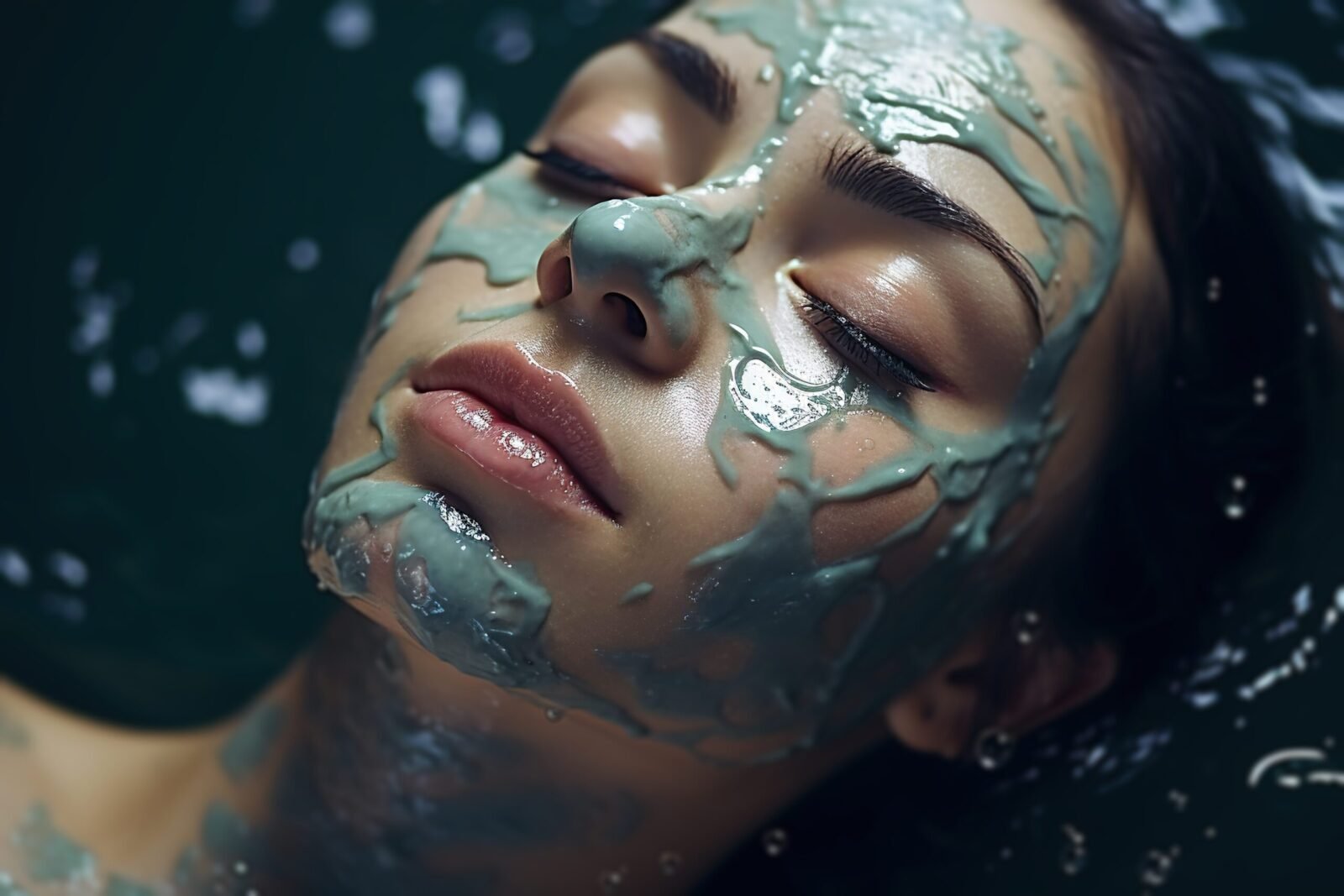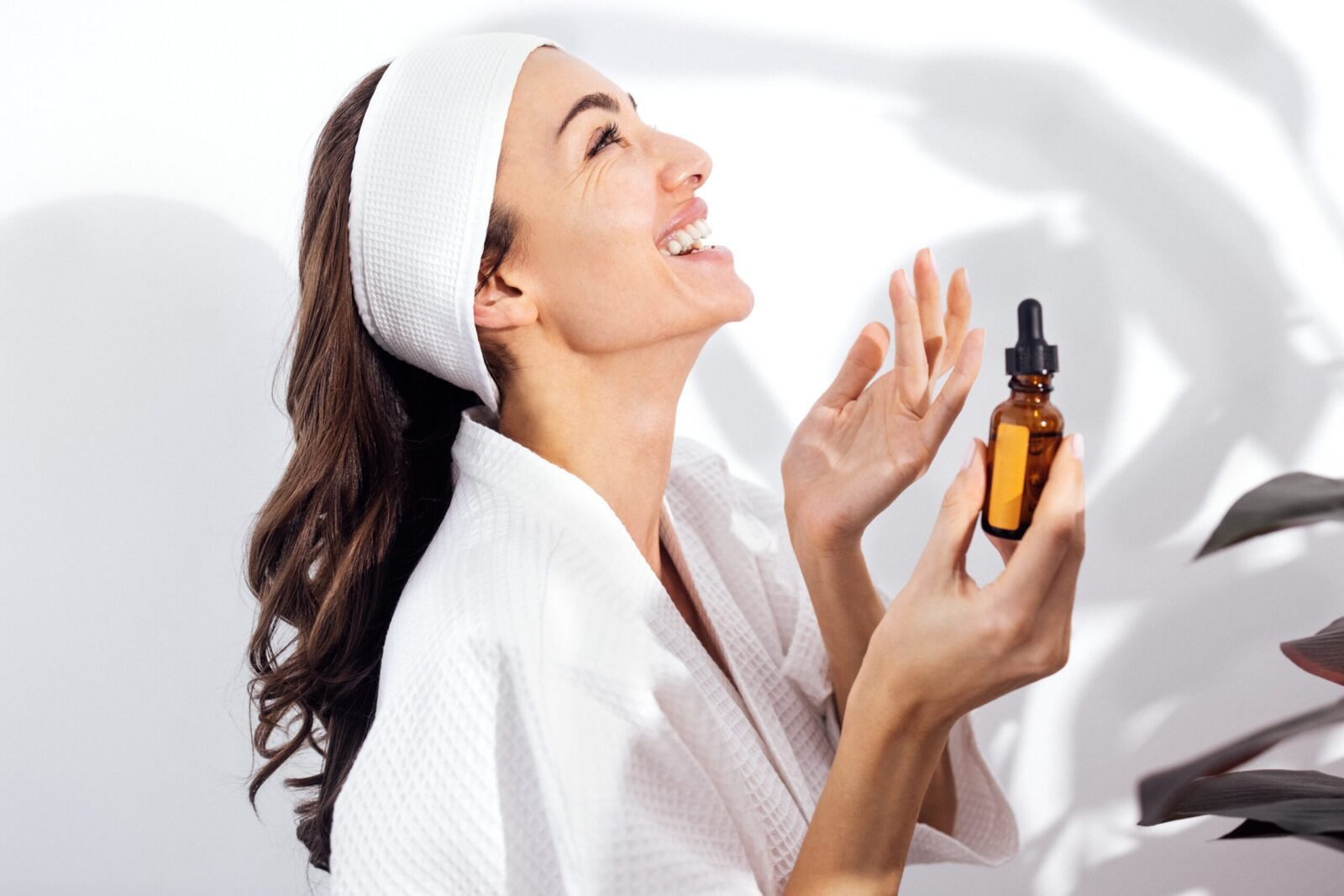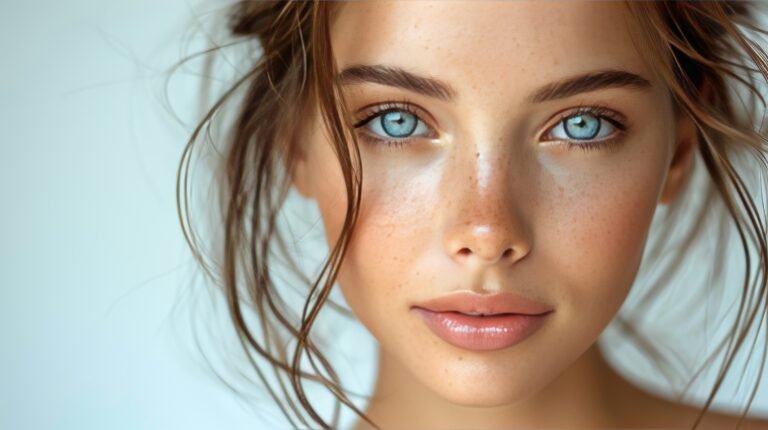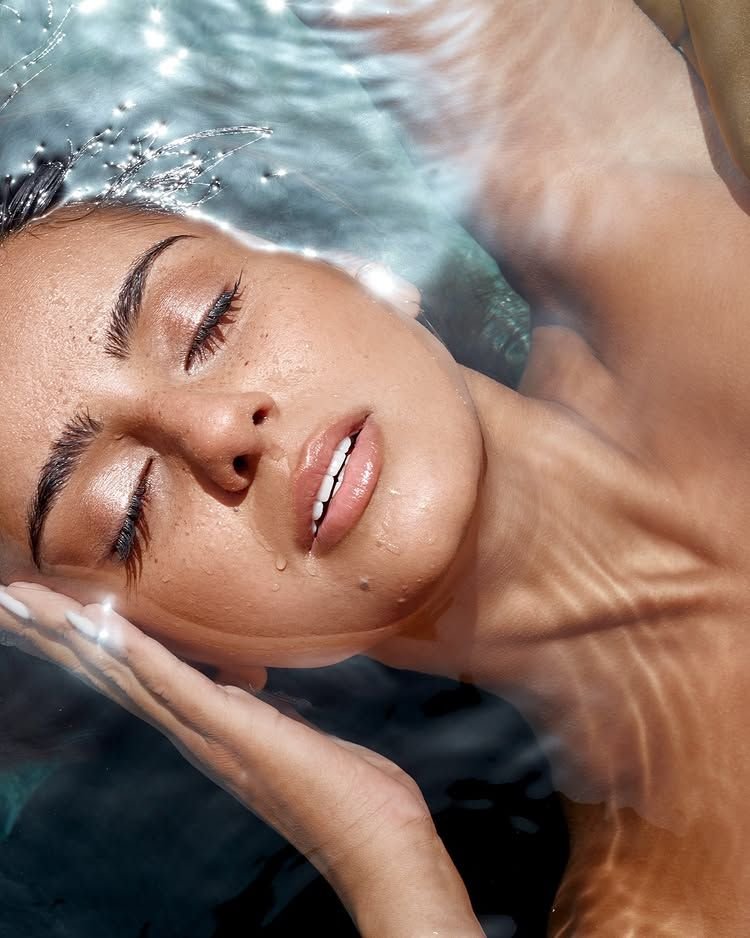Introduction
In recent years, visible light protection has become a vital component of modern photoprotection design. While UV filters defend against erythema and photoaging, visible light—especially the high-energy blue range (400–500 nm)—induces pigmentation and oxidative stress that traditional sunscreens fail to block. Consequently, formulating for broad-spectrum protection now requires addressing visible light (VL) alongside UVA and UVB. This article explains how iron oxides, pigment dispersions, and new metrics such as VL-PF quantify visible-light protection and what practical methods chemists can apply in real-world tinted systems.
Why Visible Light Matters in Pigmentation Control
Although only about 40 % of solar radiation reaching the skin is visible light, several studies demonstrate that blue light penetrates deeper than UVB and stimulates melanogenesis through reactive oxygen species. Therefore, consumers with melasma, post-inflammatory hyperpigmentation, or darker phototypes particularly benefit from visible-light filtering. Unlike UV radiation, visible light generates pigmentation via oxidative and opsin-mediated signaling rather than direct DNA damage. As a result, preventing this process demands optical scattering rather than chemical absorption.
Mechanism of Iron Oxides and Pigment Dispersion Systems
Iron oxides—red, yellow, and black grades—act as micron-sized inorganic pigments that scatter and partially absorb visible light. When incorporated into tinted sunscreens or mineral foundations, they create a uniform spectral barrier covering blue to red wavelengths. Moreover, they deliver an even skin tone, allowing multifunctional color-corrective protection. Particle size and distribution determine their optical efficiency: smaller particles (100–200 nm) scatter blue light more effectively, while larger ones boost coverage but risk opacity.
To achieve stable dispersion, chemists typically pre-treat iron oxides with silane or natural lecithin coatings and suspend them in emollient blends such as Hemisqualane or C13-15 Alkane. These dispersions are then integrated into emulsions or gel matrices, balancing aesthetics with performance. Because surface-treated pigments resist aggregation, they maintain homogeneity even after repeated freeze-thaw cycles.
Introducing the VL-PF Metric
Traditionally, broad-spectrum sunscreens are rated by SPF (UVB) and UVA-PF. However, neither metric reflects protection against visible light. In response, researchers proposed the Visible-Light Protection Factor (VL-PF)—a photometric measurement comparing skin pigmentation after visible-light exposure on protected versus unprotected sites. VL-PF = 1 / (ΔE protected / ΔE unprotected). A VL-PF of 2 indicates a 50 % reduction in pigmentation intensity.
Although not yet standardized by ISO, VL-PF values help chemists benchmark tinted sunscreen prototypes. Typical mineral tints with 3–6 % iron oxides achieve VL-PF ≈ 2–3, while un-tinted mineral bases remain near 1. Therefore, shade density and pigment load directly influence efficacy.
Formulation Considerations for Visible-Light Defense
Building visible-light protection into a cosmetic product involves balancing optical coverage, transparency, and consumer feel. The key formulation levers include pigment selection, dispersion medium, film uniformity, and binder chemistry. Furthermore, formulating tinted sunscreens introduces shade-matching and undertone variability that require precise pigment ratios.
1. Pigment Type and Ratio
Combining red, yellow, and black iron oxides in ratios approximating natural skin chroma yields neutral tones while maintaining broad scattering. In darker shades, additional ultramarine blue or manganese violet extends coverage into higher wavelengths. However, excessive pigment may lower SPF by reducing UV filter transmission, so the balance must be validated empirically.
2. Dispersion Quality
Achieving smooth, high-shear dispersions is critical. Agglomerated pigments create uneven protection and visible streaking. For optimal uniformity, chemists use triple-roll milling or bead-mill processing to ensure median particle sizes under 5 µm. In addition, dispersants such as polyglyceryl-6 polyricinoleate or hydrogenated lecithin improve wetting and long-term stability.
3. Base System and Sensory Optimization
Tinted mineral systems often rely on volatile carriers (isododecane, cyclomethicone replacements) for spread and quick dry-down. Incorporating lightweight hydrocarbons like Hemisqualane or polydecene adds slip without greasiness. For emulsion types, low-viscosity emulsifiers and film formers such as silicone-free polyesters ensure even pigment distribution and water resistance.
Evaluating Visible-Light Protection in the Lab
Although VL-PF can be measured in vivo, several instrumental methods allow faster screening during development. Diffuse reflectance spectroscopy quantifies blue-light attenuation across 400–500 nm, correlating closely with VL-PF outcomes. Additionally, spectrophotometric color difference (ΔE) measurements before and after simulated exposure provide reproducible data. These techniques help chemists refine pigment concentration before full-scale clinical testing.
When resources allow, combining in vitro spectral data with limited in vivo testing under realistic lighting (LED ≈ 450 nm) yields the most credible product claims. Moreover, including standardized control shades ensures statistical significance across skin tones.
Formulation Example: Tinted Mineral Sunscreen with VL Defense
- Zinc Oxide (20 %) — UV A/B protection
- Iron Oxides (red/yellow/black, 4 %) — visible-light protection and tint
- Hemisqualane — 5 %
- C13-15 Alkane — 5 %
- Polyglyceryl-6 Polyricinoleate — 2 %
- Polyester-7 film former — 1.5 %
- Silica / Microspheres — 1 %
- Preservative — 1 %
- Water / Emulsion Base — balance to 100 %
This prototype provides SPF ≈ 35, UVA-PF ≈ 18, and VL-PF ≈ 2.5. In consumer testing, it reduces visible hyperpigmentation and post-acne darkening after six weeks of use under daily blue-light exposure.
Common Challenges and Solutions
- Streaking: Increase dispersion homogeneity and film-former level.
- Grey undertone: Adjust red/yellow/black ratios or include warm ultramarine blends.
- Thick texture: Replace heavy emollients with light hydrocarbons such as hemisqualane or isododecane.
- Low VL-PF: Raise pigment load incrementally and re-validate optical density.
Regulatory and Marketing Aspects
At present, no official ISO or FDA standard exists for visible-light claims.
Nonetheless, the European Cosmetics Regulation allows truthful, evidence-based “blue-light defense” or “visible-light protection” claims if substantiated by VL-PF or spectral attenuation data.
Therefore, chemists should document methodology, exposure source, and skin phototype data within the <a href=”/mocra-safety-dossier-template-2025







